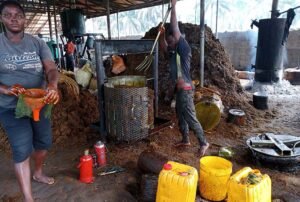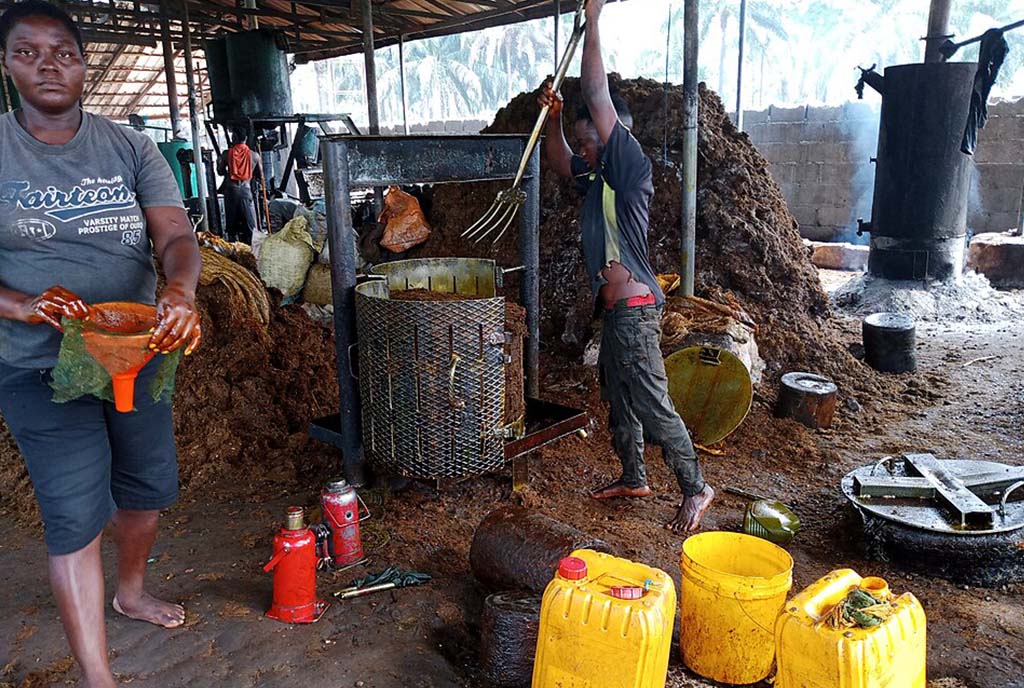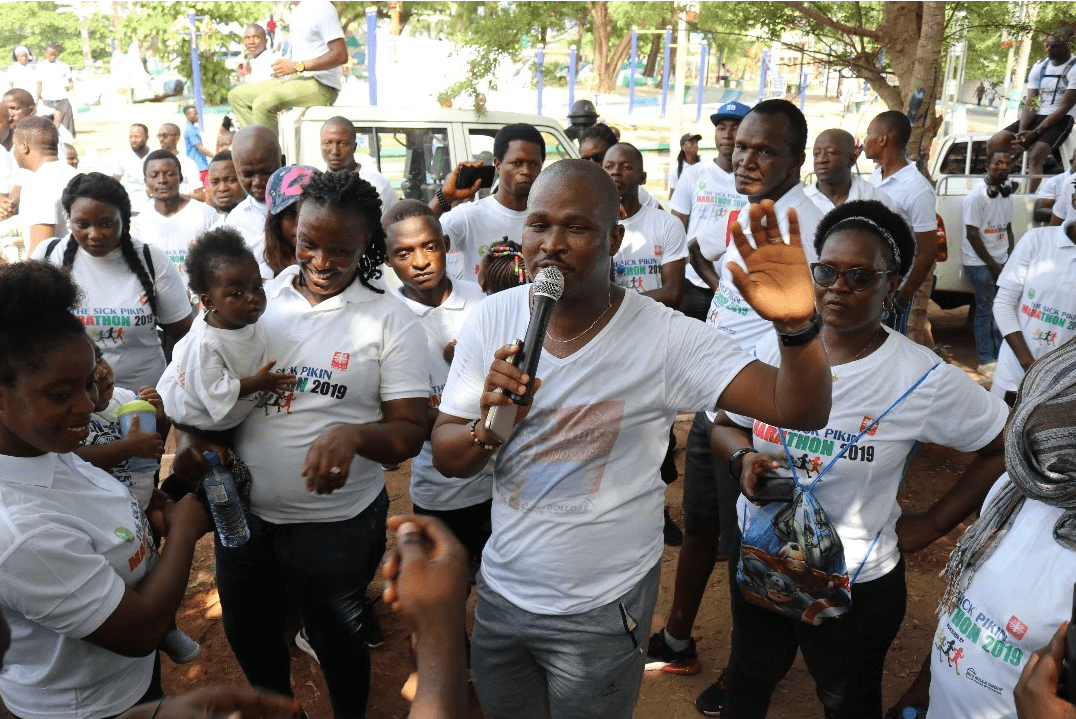
It’s a problem in the wake of nearly every disaster, but the cataclysmic wildfires in Los Angeles, CA, are the latest event to spotlight the issue: When people donate, some donate trash.
The items are often not what helping organizations have specifically asked for or what communities say they need: they’re clothes, often so used they are actually unusable, dirty and unsuitable to give to survivors. This creates yet another issue after climate disaster: mounting piles of unwanted waste.
As The New York Times wrote, “In the aftermath of natural disasters, the heartfelt desire to assist people in need seems to meet the opportunity to purge one’s closet.” In LA, closet purging has taken the form of giant piles of clothing appearing overnight, not even at designated donation sites—many of which report being overwhelmed—but on random streetcorners. A city still traumatized by active wildfire warnings, daunted by the massive cleanup and yearslong recovery the fires will require, doesn’t need to become a de facto dump.
Globally, consumers buy over 80 billion new clothing items yearly—an increase of more than 400 percent from just 20 years ago.
That’s why several locally based nonprofits have stepped in to continue the work they have already been doing: turning old donations into usable textiles and finding a new life for trash.
We Have Enough Clothes
Overconsumption is one area where an individual’s actions can impact climate change—and clothing, specifically the fast fashion industry, is the primary driver. In 2020, NPQ reported on research published in Environmental Health, which found that “approximately 85 percent of the clothing Americans consume, nearly 3.8 billion pounds annually, is sent to landfills as solid waste, amounting to nearly 80 pounds per American per year.”
Not only is the majority of clothing thrown away, but Americans are also buying more clothes than ever. On average, Americans purchase 53 new items of clothing every year. Globally, consumers buy over 80 billion new clothing items yearly—an increase of more than 400 percent from just 20 years ago.
As NPQ wrote in 2023, “Rampant consumerism and mounting trash and plastic waste are contributing factors to the changing climate. What you buy—or more importantly, don’t buy—can help mitigate some of the impacts of climate change.”
“Traditional donation efforts can overwhelm relief sites with excess or unusable items.”
The message posted by sustainable lifestyle app Commons on social media was clear: “We Have Enough Clothing.” The post linked the clothing currently filling LA donation centers to worsening impacts of climate change, and also drew attention to one of the nonprofits helping: SUAY Sew Shop.
A vertically integrated sewing and production shop, since its founding in 2017 SUAY Sew Shop has diverted over 3.5 million pounds of textile waste from landfills. The LA-based organization creates new products using deadstock, postconsumer waste, and domestically grown organic fibers. SUAY is collecting donations of clothing and fabrics, sorting them, and either distributing them to families in need or upcycling them into new items which will also be offered for free.
A Sense of Normalcy and Community
SUAY has opened a store called the Free Store for Fire Relief. Designed to empower families, the store is open—and completely free to shop in—seven days a week. Those in need can choose shoes, clothing, towels, bedding, and more. The store takes requests for items, and volunteers can help people shop for themselves or for others.
According to SUAY’s website, while “traditional donation efforts can overwhelm relief sites with excess or unusable items, SUAY focuses on getting specific, requested textiles to affected individuals and families with precision and care, all while minimizing waste.”
Sign up for our free newsletters
Subscribe to NPQ's newsletters to have our top stories delivered directly to your inbox.
By signing up, you agree to our privacy policy and terms of use, and to receive messages from NPQ and our partners.
“In a capitalist-run world, what’s one of the most radical things that we as a community and society can do? To us, that’s giving away free resources.”
The free store model is a way to get items into the hands of those who need them while promoting community, and empowering families to make decisions about what’s best for themselves—agency many people lose when they lose their homes. Shopping in a store, even a free store, generates a feeling of normalcy. It’s a chance to do something you would typically do pre-disaster, and an opportunity to connect with neighbors.
Community building is also important to fellow LA-based nonprofit Radical Clothing Swap. The group, founded and run by women of color, began hosting free clothing swaps in 2021, based on a simple premise: People bring five clothing items to give away and pick up five to ten free items that are used but new to them.
The swaps, held in various locations around the city, grew in popularity over the years. Each swap turned into a larger event than the last, according to NBC 4 Los Angeles, which interviewed the nonprofit’s CEO and cofounder Nicole Macias in 2024. The nonprofit’s goal is to raise awareness about textile waste, promote sustainable practices, and help families save money.
“In a capitalist-run world, what’s one of the most radical things that we as a community and society can do? To us, that’s giving away free resources and specifically giving away free clothes,” Macias told NBC 4. “Our mission and goal is to provide free resources to the community, normalize radical sustainability, and kind of just change people’s relationships with consumption, capitalism and shopping.”
Since the fires, Radical Clothing Swap has continued to host their free events in breweries, parking lots, and community buildings, moving swaps inside due to poor air quality. But their mission—free clothes for all, and a place and way to be in community—remains undeterred. As the nonprofit wrote on Instagram, “It’s very moving seeing our community show up for Los Angeles during this time. We’ve got a long road ahead of us but we’re hopeful that LA will recover and rise up.”
Sustainable Living
According to the EPA, in America only 16 percent of donated clothes are ever used, with 84 percent still ending up tossed in landfills or burned in polluting incinerators. In different ways, these two LA nonprofits seek to change the narrative of what happens to clothes once we’re through with them—and in doing so, perhaps to help consumers think more carefully about what they buy and how they live.
The work goes beyond clothes. In addition to upcycling and providing free clothing items to the community, SUAY supports garment workers’ rights and works for fair wages policy reform and changes within the fashion industry while Radical Clothing Swap describes their work as community care.
“We are all children of immigrants. We all grew up… sustainably living our lives and swapping within our own circles,” Macias said, adding that as the swaps grew, “we realized that we needed to continue to do this and share our knowledge with our community.”
For More on This Topic:
How Can Nonprofits Help When They’re Burning?
Deinfluencers Versus Climate Change












